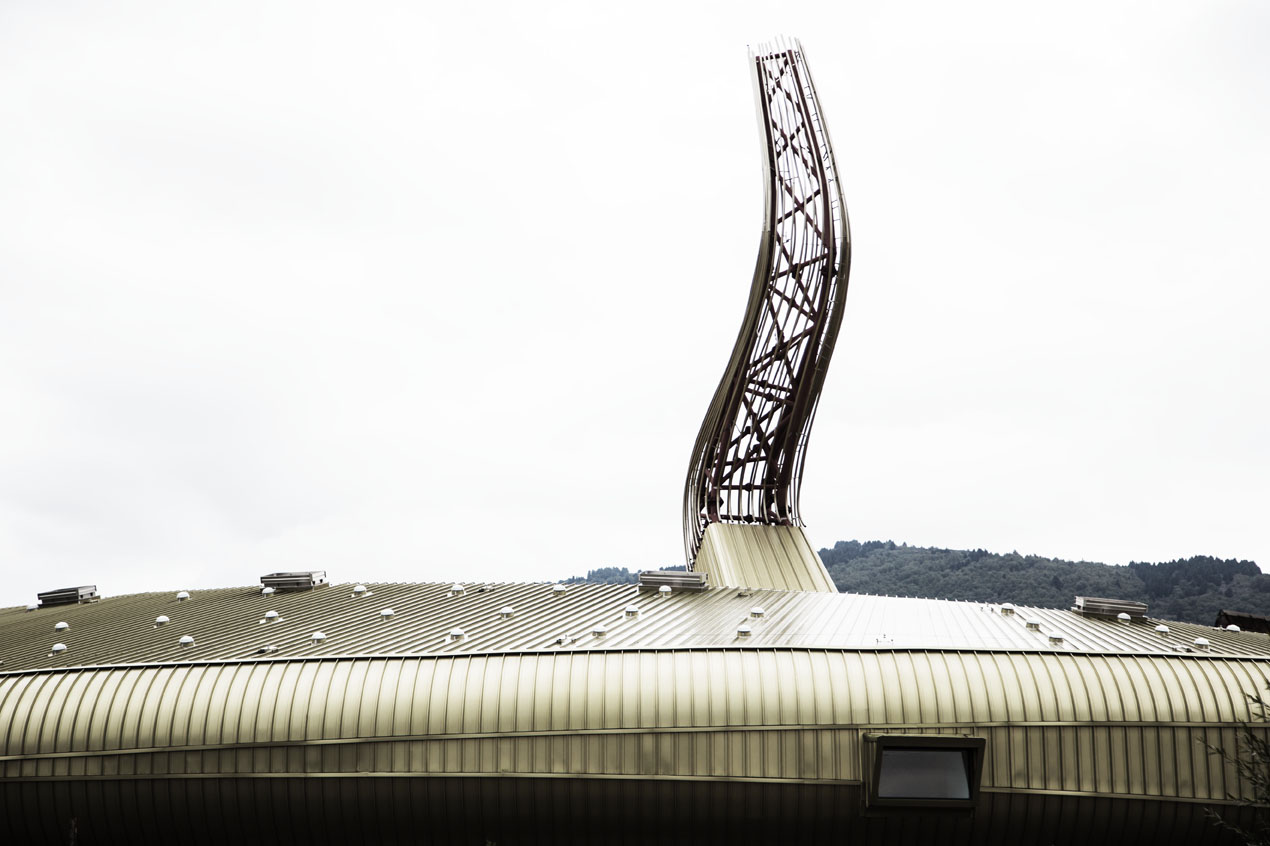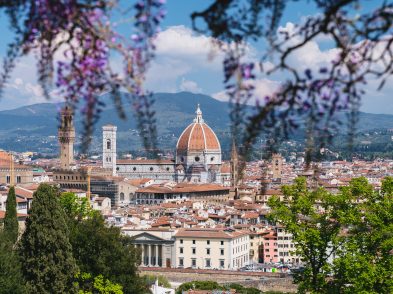Tuscany brims with history, a history that is teetering on the brink of becoming overwhelming. I like to remember Vasari, who called art “in today’s manner,” by which he intended the contemporary, our here and now. The challenge before us today is not to imitate the past, but to understand our own time.

Pecci extension by Maurice Nio, “Sensing the Waves”
Tuscany has a penchant for provincialism, for competition as opposed to cooperation. But I believe in networks, in sharing and exchange as a means of building the future. In Tuscany there are numerous public institutions for contemporary art, like the Marino Marini in Florence, Palazzo Fabbroni in Pistoia and Casa Masaccio in the Valdarno, as well as the entire roster of private art galleries, and even wineries designed by the world’s top archistars. This is contemporary arts, in the plural, a stellar line-up in a myriad of disciplines.
Tuscany vaunts a contemporary “geography”, and Pecci stands firmly at its heart, a pivotal point for collaboration among public and private institutions. What Pecci offers is a diversity of media and a multiplicity of cultural options, striving to legitimize contemporary art and ways in which to entice and engage the public in the wide horizons of the history of the future.
Download the special insert dedicated to the Centro Pecci reopening published in The Florentine issue 227 (October 2016)





